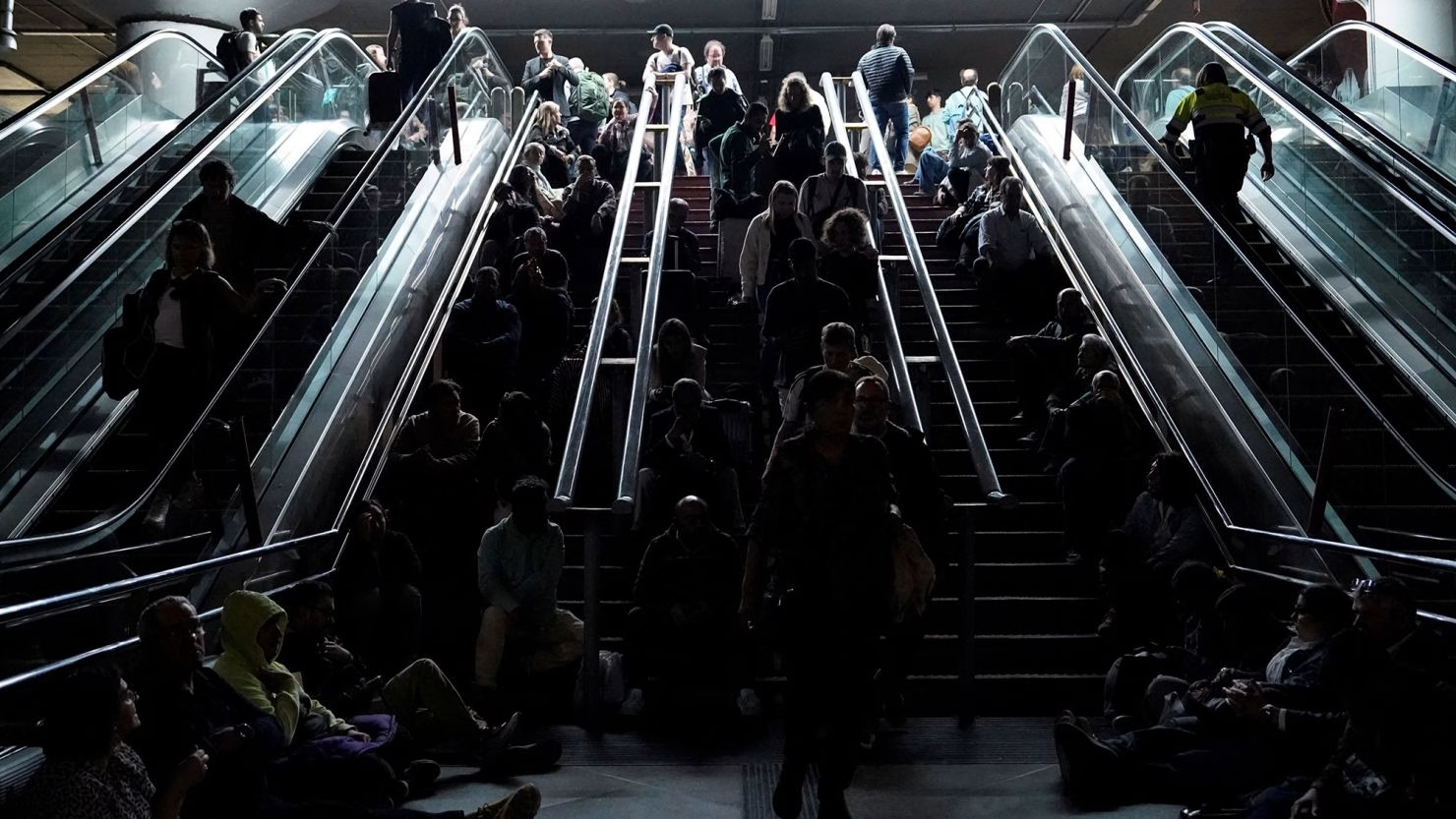In a continent known for its technological sophistication and interconnected infrastructure, a mega power outage sweeping across parts of Europe sent shockwaves through governments, businesses, and millions of citizens. What caused this sudden and widespread disruption, and what does it reveal about the fragility of Europe’s power grid?
The Blackout That Stopped Europe’s Pulse
On [insert date when the outage occurred], large parts of Europe experienced an unexpected and cascading power failure. Major metropolitan areas across countries such as Germany, France, Poland, and parts of Southern Europe went dark — affecting transportation systems, hospitals, data centers, and millions of households.
The outage reportedly lasted for several hours in the worst-hit areas, while some regions experienced rolling blackouts that continued intermittently for up to 24 hours.
What Caused the Outage?
Initial investigations point toward a failure in a critical transmission link that is part of Europe’s vast interconnected electricity network. This grid, while efficient and designed for load balancing between nations, also presents a single point of failure risk when one system goes down.
According to grid operators, a sudden overload or fault may have triggered an automatic shutdown to prevent equipment damage, leading to a domino effect as other regional networks disconnected to protect themselves.
While cyberattacks have not been officially ruled out, most energy experts suggest a technical fault or miscommunication between national grid controllers is a more likely cause.
The Consequences
- Transport Chaos: Rail networks, trams, and some metro systems ground to a halt, stranding commuters across major cities like Berlin, Paris, and Warsaw.
- Economic Disruption: Manufacturing plants were forced to stop production, and financial hubs experienced communication and trading delays.
- Public Services Down: Hospitals switched to backup power, but not all were fully prepared for a long-term outage. Water pumping and waste treatment facilities also experienced temporary outages.
- Digital Shutdown: Data centers and mobile networks struggled to maintain uptime, causing widespread internet issues.
A Warning Sign for Europe’s Energy Future
The incident has reignited debate around Europe’s energy strategy. As the continent accelerates its transition to renewable energy and phases out traditional coal and nuclear sources, some experts warn that grid reliability could be increasingly at risk without robust backup infrastructure and coordination.
The blackout also underscores the geopolitical dimension of energy in Europe — with concerns over dependency on cross-border energy flows and the vulnerability of shared systems.
What’s Next?
Authorities across the EU are conducting detailed reviews and have called for urgent grid security upgrades. There’s growing pressure to modernize systems and invest in smart grid technologies that can isolate and resolve faults more efficiently.
Meanwhile, citizens and businesses are being advised to review emergency power plans, as experts warn that such disruptions may become more frequent without strategic intervention.
Conclusion
The mega power outage that darkened parts of Europe was more than just an inconvenience — it was a wake-up call. In an age of increasing digital reliance and clean energy transition, the continent must ensure its backbone — the power grid — is as resilient as the future it’s trying to build.
















